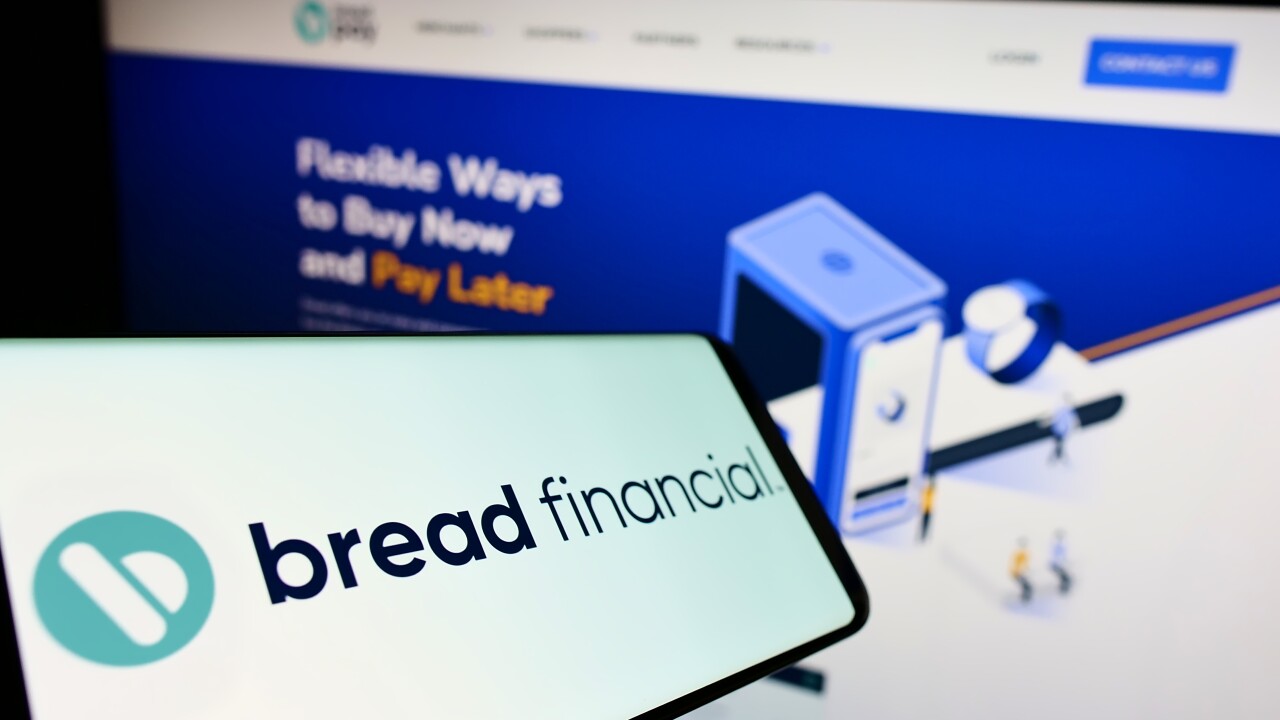New members are experiencing easier-and faster-phone-based banking, thanks to speech-recognition
Speech recognition is "not such a chore to learn for new members," as compared with Financial Center's previous touchtone
Members direct the system to perform transactions with common commands such as "What is my checking account balance?" or
Dubbed "Moneyline" by the 49,000-member Financial Center, the solution recognizes both members' vocabulary and accents in
With the touch-tone system, members had to request a menu of transaction codes, and then choose from about 25 options. "That
"We had to publish a service flyer listing the frequently-used codes," Schmeisser added. Financial Center thus was able to "free
The CU's former phone-based system "used a DOS-based machine with boards no longer available on the market," he said.
The speech recognition technology, provided by Wixom, Mich.-based Maxxar Corp., adjusts more precisely to members' voices
Whereas the speech recognition system has performed as expected by making phone-based banking easier, Schmeisser was
Schmeisser explained that, with touch-tone, "we had a population of members using speed-dial to use the system. Given that, we
With speech recognition, however, callers conduct 2.5 transactions in 69 seconds, as compared with 1.9 transactions in 53 seconds
In addition, one transaction type is no longer applicable in the speech recognition program- specifically, the transaction of asking
Call times have also been reduced because Telephone Service Center agents at the CU spend less time on three-way calls guiding
Natural language speech recognition technology was chosen over directed language technology because "we thought our members
The directed language approach requires callers to respond to a series of automated prompts, becoming more system-directed than





